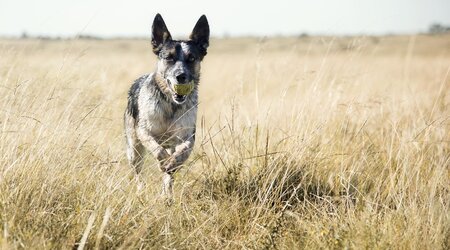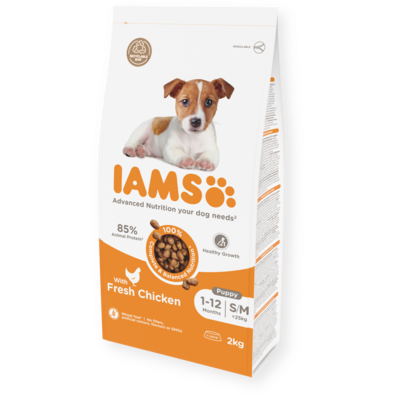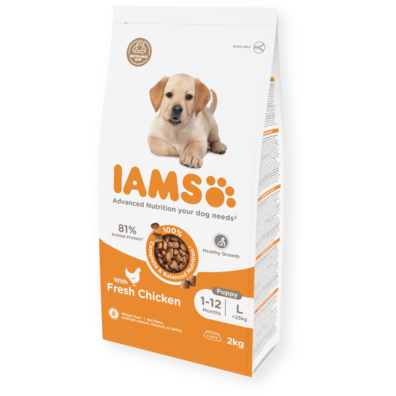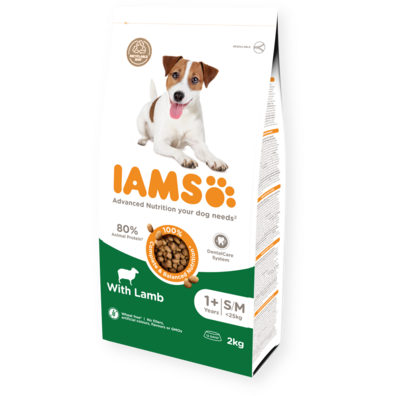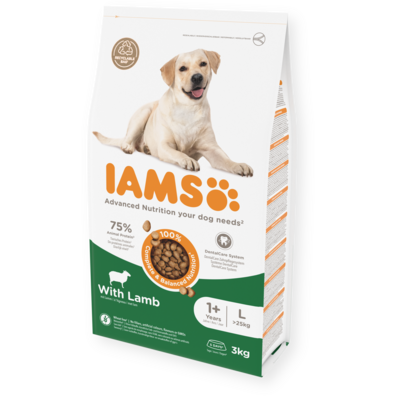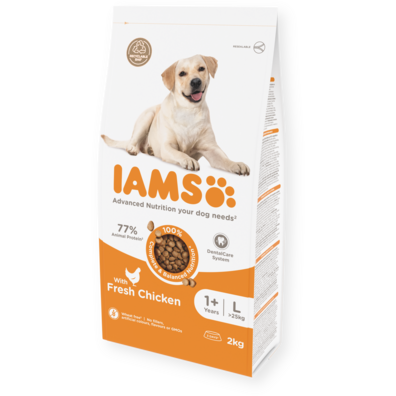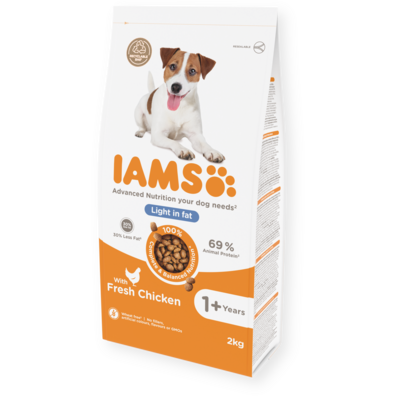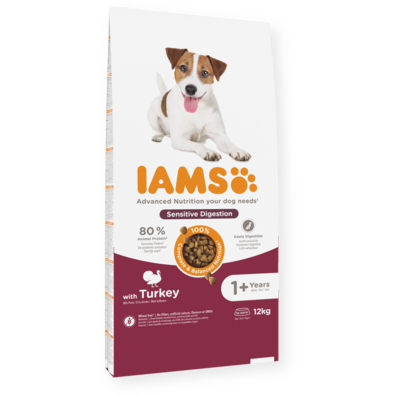Keeping your dog’s teeth healthy
Dental disease is one of the biggest problems that vets treat, in fact 85% of dogs have signs of dental health issues by the age of three 1,2 The problem is, if left unchecked gum disease can lead to serious health problems 2, 3, 4 Problems far worse than just dog breath.
Content

Top 5 tips
The good news is there are lots of things you can do to help keep your dog’s teeth healthy, here are our top 5 tips of things you can do today:
1.Daily brushing: Brushing your dog’s teeth every day is a lot easier than it sounds, especially if you start from a young age; it soon becomes a ritual that pets often enjoy. Do so by using a specialised toothbrush and toothpaste for dogs and make sure you reward your dog with plenty of attention after brushing.
2. Back to front: When brushing your dog’s teeth always start with the back teeth first and work your way to the teeth at the front to the mouth. This is because the front teeth (incisors) can tickle when brushed, so leave them until the end of your brushing routine.
3.Dry diet: Feeding your dog dry food can help to keep their teeth clean as the motion of the kibble around the mouth scrubs against the teeth, helping to reduce tartar build up. Look out for tooth-cleaning minerals in your dog’s food too. IAMS Adult and Senior foods contain polyphosphates to safely and effectively help reduce tartar build up.
4.Dental check-up: Your dog should see a vet once or twice a year for a regular check-up. Make sure that a thorough dental check is included in this health check. Early intervention will make treatment far easier for your dog, your vet and your bank balance.
5. Lift the lip: Dental disease often goes unnoticed simply because we don’t look inside our dog’s mouths often enough. Regularly lifting your dogs lips to take a sneaky peak, will help you see if anything looks inflamed or sore and will also help your dog get used to having his/her mouth handled too.
1) Wiggs RB. Periodontal disease in age categories of dogs and cats. Proceedings 11th Annual Veterinary Dental Forum, Denver CO 1997, pp. 143-144.
2) Niemiec BA, Periodontal Disease and Therapy. Scientific proceedings BSAVA Congress 2005:253.
3) Crossley DA. BSAVA Scientific Proceedings 49th Annual Congress ; 105-106, 2006.
4) Milan Petelin: et al. Periodontal Disease Byrden and Pathological Changes in the Organs of Dogs. J Vet Dent 25 (2); 97-105, 2008.


